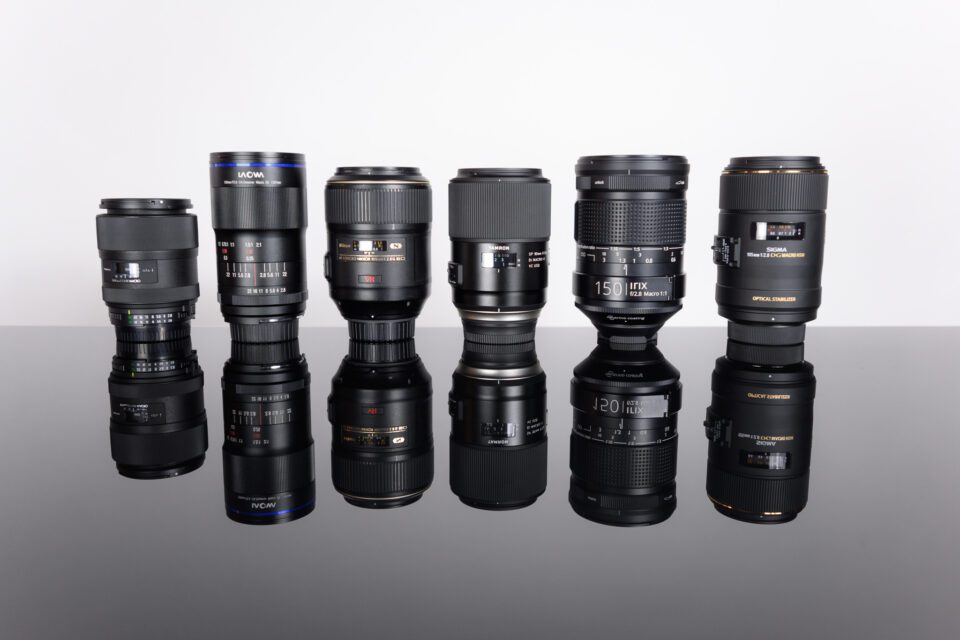
I’ve tested a lot of macro lenses for Nikon cameras recently, which is lucky timing given the upcoming 50mm and 105mm Z-series macro lenses. We’ll test those two soon enough, but today, here’s a comparison of a half dozen popular macro lenses already on the market.
Although this article says “for Nikon,” the truth is that five of these six lenses are third-party optics, so you can most likely attach them on whatever camera system you have. The six lenses I’m comparing are:
- Tamron 90mm f/2.8 VC (Model F017)
- Tokina AT-X 100mm f/2.8 PRO
- Laowa 100mm f/2.8 2× Ultra Macro
- Nikon F 105mm f/2.8 VR
- Sigma 105mm f/2.8 EX OS
- Irix 150mm f/2.8
These are the current generation macro lenses from six of the major lens manufacturers, which is why I prioritized testing them. Some older macro lenses like the Nikon 200mm f/4 and 70-180mm f/4.5-5.6 are arguably better for certain purposes, especially if you need to stand farther back from your subject, but they also have major disadvantages like price and weight. Nevertheless, when I have a chance to test those or any other macro lenses, I’ll add them to this article.
Specifications
Let’s start by taking a look at the specifications of the six lenses.
| Tamron 90mm | Tokina 100mm | Laowa 100mm | Nikon F 105mm | Sigma 105mm | Irix 150mm | |
|---|---|---|---|---|---|---|
| Maximum Magnification | 1:1 | 1:1 | 2:1 | 1:1 | 1:1 | 1:1 |
| Lens Elements / Groups | 14, 11 | 9, 8 | 12, 10 | 14, 12 | 14, 12 | 12, 9 |
| Image Stabilization | Yes | No | No | Yes | Yes | No |
| Internal Focus | Yes | No | Partly; front element moves within stationary outer barrel | Yes | Yes | Yes |
| Outer Barrel Construction | Plastic & metal | Plastic | Metal | Metal | Plastic | Metal |
| Autofocus Compatibility Issues | Won’t autofocus well on Nikon Z series | Won’t autofocus on Nikon Z series or DSLRs without a focus motor | Manual focus lens | No incompatibilities | No incompatibilities | Manual focus lens |
| CPU Chip | Yes | Yes | No (except Canon EF version) | Yes | Yes | Yes |
| Weight | 600g (1.32lbs) | 490g (1.08lbs) | 638g (1.41lbs) | 720g (1.58lbs) | 735g (1.60lbs) | 831g (1.83lbs) |
| Length × Diameter | 115×79mm (4.5×3.1″) | 95×73mm (3.7×2.9″) | 155×72mm (6.1×2.8″) | 116×83mm (4.6×3.3″) | 126×78mm (5.0×3.1″) | 135×87mm (5.3×3.4″) |
| Price (Click to Check for Sales) | $650 | $430 | $450 | $900 | $570 | $600 |
The two most fully-featured lenses are the Nikon F 105mm f/2.8 VR and the Sigma 105mm f/2.8 OS. Both of these lenses have image stabilization, and both have compatible autofocus with any of Nikon’s cameras, including the Z mirrorless series.
The Tamron 90mm f/2.8 VC is just a slight step down from them in features. It maintains image stabilization, but it loses autofocus compatibility with the Nikon Z cameras. (It still works fine in manual focus.)
Next down on the list is the Tokina 100mm f/2.8. While it doesn’t have image stabilization, it does at least offer autofocus when used with a DSLR that has a built-in focusing motor. On cameras like the Nikon D3X00 series, D5X00 series, and Z-series cameras, it’s manual-focus only. Also, unlike the Sigma, Nikon, and Tamron, the Tokina lens isn’t internal focus; as you focus closer, the front barrel of the lens extends significantly, which harms water and dust resistance.
The remaining two lenses – the Laowa 100mm f/2.8 2× and Irix 150mm f/2.8 – don’t have autofocus at all. The Laowa is actually a non-CPU lens – at least in the Nikon mount – meaning that it gives no EXIF data and doesn’t allow you to change aperture via the camera (only via the aperture ring on the lens). The Irix lens does have a CPU chip. However, the Laowa has the highest magnification of all six lenses, going all the way to 2:1 magnification.
In terms of price, I’d say the best values are the Tokina and Sigma lenses, while the Nikon and Irix are slightly overpriced (and I say that as someone who’s been happily using the Nikon 105mm for almost a decade). None of the lenses are wildly cheaper or more expensive than they should be, though. Any of the six could be justifiable for you depending on your priorities.

Maximum Magnification
Five of the six macro lenses above claim to have a 1:1 maximum magnification, while one (the Laowa 100mm) claims a 2:1 maximum magnification. However, this isn’t totally accurate; most of these lenses actually have more magnification than they say! Here are uncropped sample images showing the true maximum magnification of each lens:
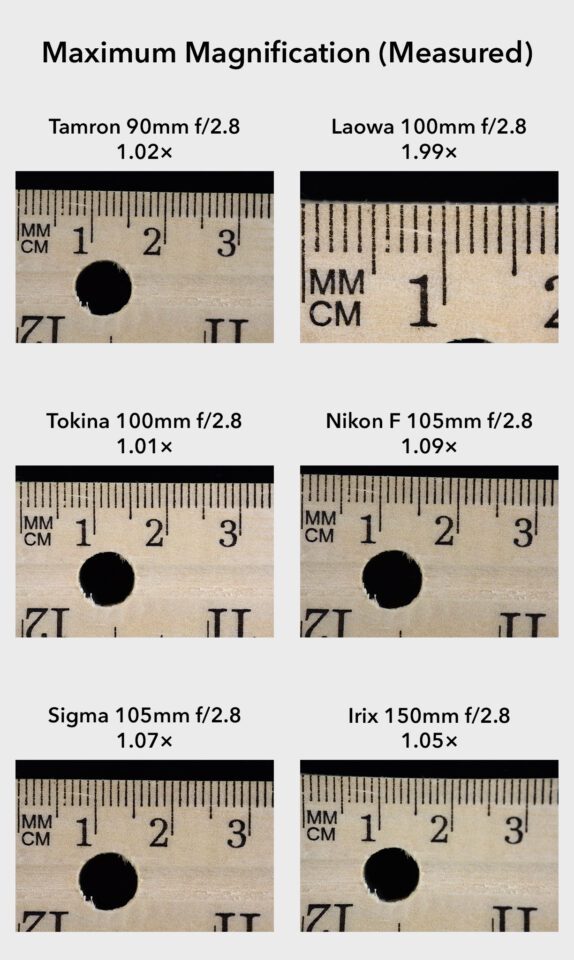
As you can see, most “1:1” macro lenses can focus meaningfully closer than that. (In the image above, an exact 1:1 magnification lens would capture 36mm of the ruler.) The biggest surprise is the Nikon F 105mm f/2.8 VR, for which I measured a maximum magnification of 1.09×, AKA 1.09:1 magnification. You can also see the huge increase in magnification with a 2:1 macro lens like the Laowa.
Is the difference between 1.01× magnification (on the Tokina) and 1.09× magnification (on the Nikon) worth worrying about? Not particularly. It’s nice that the Nikon can focus a bit closer in a pinch, but the difference is small enough that you can crop the Tokina a bit to get a similar field of view as the Nikon. In practice, you’d have to crop a 24 megapixel image from the Tokina to about 20.5 megapixels to match the Nikon’s narrower field of view. The differences between the other lenses (excluding the Laowa) are even less.
Still, it’s nice to see companies under-exaggerate their specs rather than the more common alternative.
Working Distance
An important concept in macro photography is working distance, which is the physical distance between the front of your lens and your subject. More working distance is almost always a good thing in macro photography; you can stand farther back from your subject, which means you’re less likely to scare it away or block the light.
The closer you focus, the closer you need to be to your subject, and therefore the less working distance you’ll have. You’ll also get less working distance by attaching accessories like a lens hood to the front of your lens.
Even though the macro lenses I’m comparing today are all around 100mm in focal length (other than the Irix 150mm f/2.8), their working distances are very different due to their differing constructions. Here’s a depiction of the working distance I measured after focusing each lens identically to 1:1 magnification:
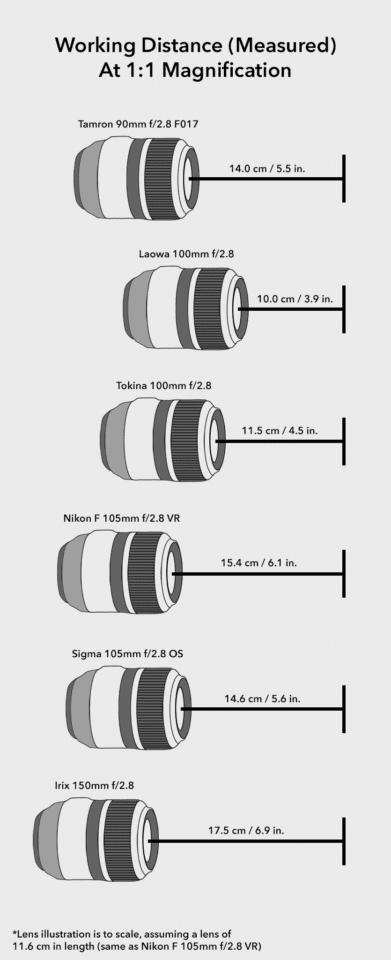
Those differences may be more subtle than you’d expect, but they still make a difference in real-world photography. Here’s a ranking from most to least working distance at 1:1 magnification:
- Irix 150mm f/2.8: 17.5 cm
- Nikon 105mm f/2.8: 15.4 cm
- Sigma 105mm f/2.8: 14.6 cm
- Tamron 90mm f/2.8: 14.0 cm
- Tokina 100mm f/2.8: 11.5 cm
- Laowa 100mm f/2.8: 10.0 cm
Note that, above, the working distance for the Laowa 100mm f/2.8 is shown for 1:1 magnification, but this lens actually focuses all the way to 2:1 magnification. At 2:1 magnification, the working distance of the Laowa is 7.9 cm (which really isn’t much worse than at 1:1).
Of the six lenses, the Irix 150mm f/2.8 has the best working distance – not surprising considering its long focal length. However, it’s not ahead by much. The Nikon, Sigma, and Tamron have almost as much working distance as the Irix despite their shorter focal lengths.
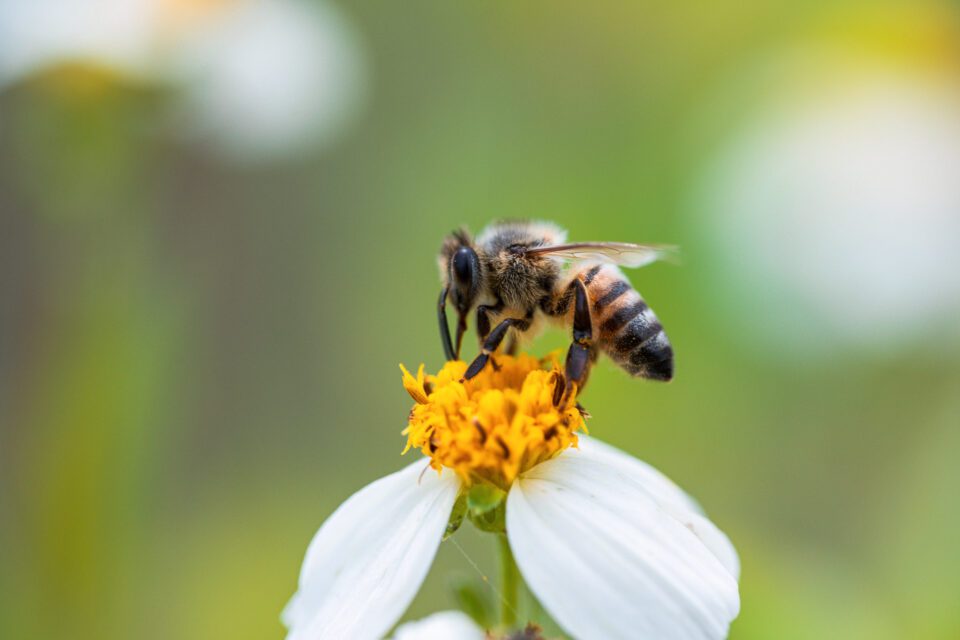
Sharpness – Close Focus
Macro lenses are often famous for their high-quality optics, but that doesn’t mean they’re all perfect. Which of these macro lenses are the sharpest and softest? Let’s go through them here.
First, I’ll start with a close focusing distance of about 1:2 magnification. I used a tiny, ultra-high resolution test chart meant for macro distances. I’m only showing crops from the maximum aperture below, since the comparisons would get too long if I included every aperture stop. However, I will include the range of apertures in the upcoming reviews of these lenses. The images shown below are non-resized 700×700 crops from a 45 megapixel original image. I recommend clicking on them to see the full-size 700×700 versions.
Center, maximum aperture, close focus:
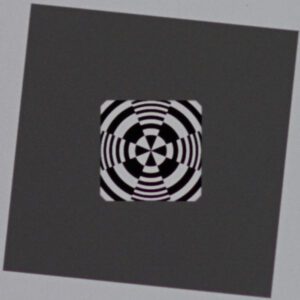
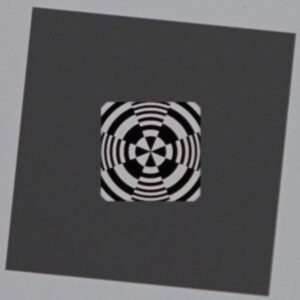
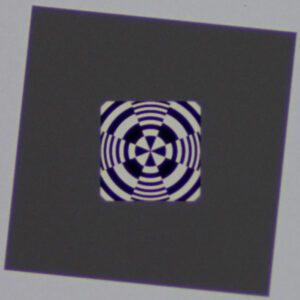
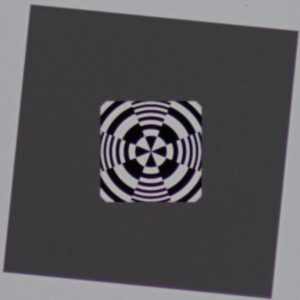
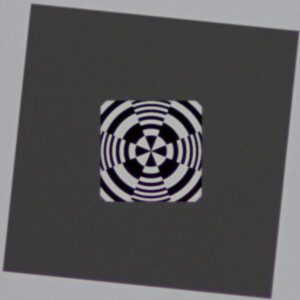
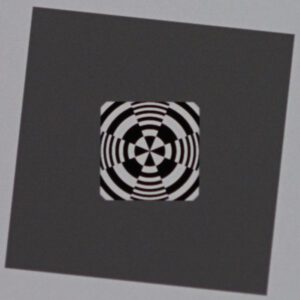
To my eye, in order from sharpest to least sharp, it goes like this:
- Tamron
- Irix
- Laowa
- Sigma
- Nikon
- Tokina
You may be thinking that the image from the Tokina is slightly out of focus, since it has some visible purple fringing / longitudinal chromatic aberration. However, when I focused slightly closer to minimize the purple aberration, the sharpness decreased substantially. So, I went with the focus point that maximized sharpness, even at the expense of some aberrations. The same is true for the Nikon, although its color fringing wasn’t nearly as strong.
Of these six, the Tamron, Irix, Laowa, and Sigma are all exceptionally sharp. The Nikon is a slight step down, and the Tokina is a further step down. However, considering how extreme these crops are, none of them look bad to me.
Technical note: Even though the maximum aperture of these lenses is f/2.8, the effective aperture when I took the test photos above was f/4.2. This is because a lens’s effective aperture gets narrower at close focusing distances like 1:2. It’s sometimes called the bellows effect. Even though the aperture blades “seemed like” I was at f/2.8, everything about the images – including diffraction, light-gathering capabilities, and depth of field – acted as if I were at f/4.2 instead. If you download the photos above, you may notice that the metadata says anything from f/2.8 to f/4.2 depending on the lens, but that’s just a difference in what the lens communicated to the camera; in all six cases, the effective aperture was the same: f/4.2. See working F-number on Wikipedia for more info.
Now let’s take a look at the corner performance of these six lenses.
Corner, maximum aperture, close focus:
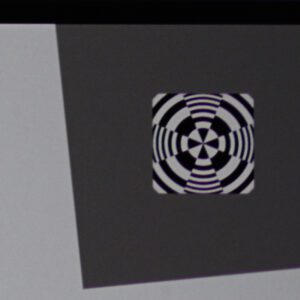
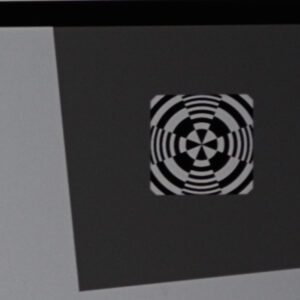
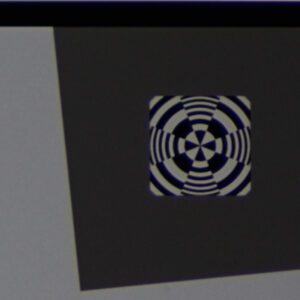
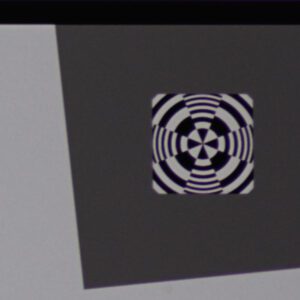
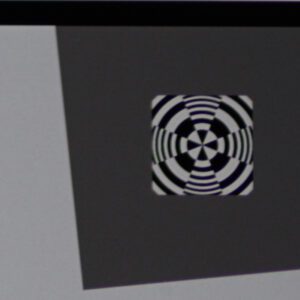
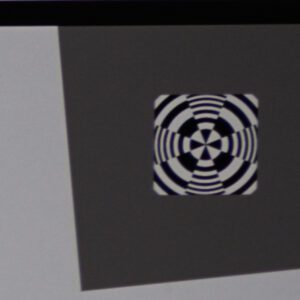
The order shifted a lot this time. Here’s how I’d rank them from sharpest to blurriest:
- Laowa
- Tamron
- Nikon
- Tokina
- Irix
- Sigma
The good news is that even the least sharp lenses above still look good considering that this is the maximum aperture in the far corner of the image. Since these are macro lenses, and this is a close focusing distance, that’s exactly what I want to see!
This time, the top two lenses – the Laowa and Tamron – are practically equal in sharpness, but I’m giving a slight edge to the Laowa because of its lack of chromatic aberrations (though the Tamron is a bit brighter because it has less vignetting).
The next two lenses, the Nikon and Tokina, are a step down. Both are comparable in sharpness to one another, but the Tokina has substantially more vignetting and chromatic aberration. I still wouldn’t hesitate to use either.
Finally, the Irix and the Sigma have very similar blur issues as one another – a bit of smearing and loss of detail. They’re a noticeable step down from the other macro lenses in this test, but I still don’t consider them bad.
Overall, taking both center and corner sharpness into account, the Tamron 90mm VC f/2.8 is probably the sharpest of these six lenses at macro distances. A close second is the Laowa 100mm f/2.8 2×. The weakest is probably the Tokina, especially considering that it has the most vignetting and chromatic aberration of the lenses here. The Irix and Sigma also have some issues, although at least they’re good in terms of chromatic aberrations and vignetting.
Now let’s take a look at some farther focusing distances.
Sharpness – Non-Macro Distances
Alongside the macro tests, I also ran some traditional sharpness tests with a chart at a distance of about 15 feet / 4 meters. As before, I’m only showing the crops at f/2.8 in this article, but I’ll include crops from throughout the aperture range in the future reviews of these lenses. The images below are 700×700 crops from a 45 megapixel original, and I recommend clicking them to see the full-size 700×700 images.
Center, f/2.8, non-macro focusing distance:
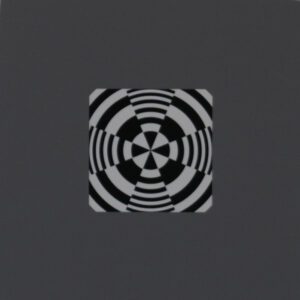
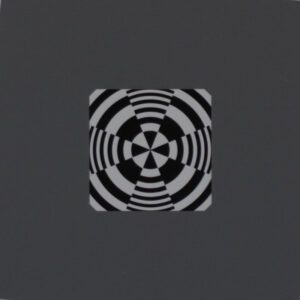
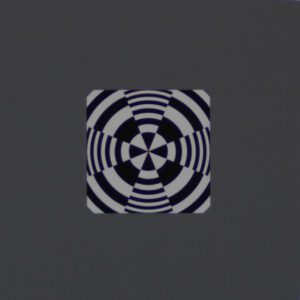
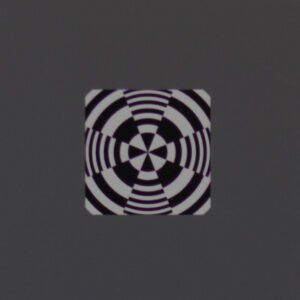
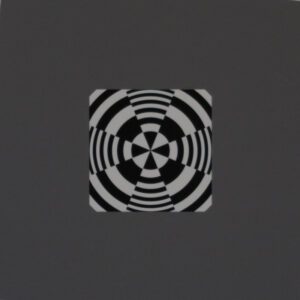
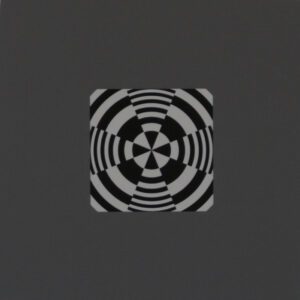
Many of these look almost indistinguishable to my eye. I’d say that the Laowa, Tokina, Sigma, and Irix are tied for first, with a slight sharpness drop on the Tamron, and another slight drop on the Nikon. But all of them look excellent.
Let’s see if the corners reveal bigger differences between them.
Corner, f/2.8, non-macro focusing distance:
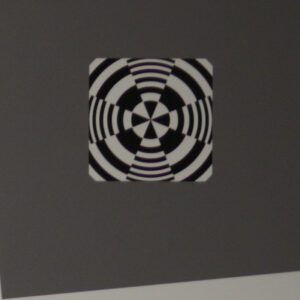

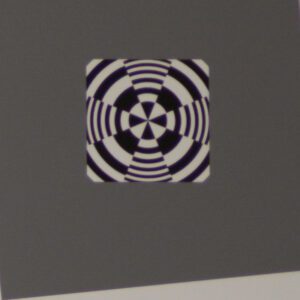
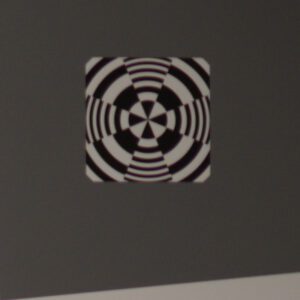
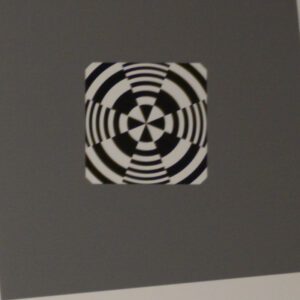
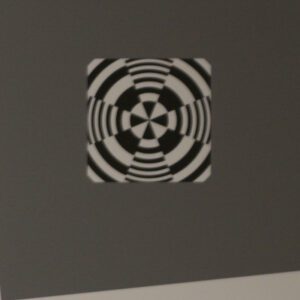
This time, some differences are clear. I’d rank them like this:
- Tamron and Laowa (tie)
- Tokina
- Sigma
- Nikon and Irix (tie)
Even the tied images don’t look identical. For example, the Nikon image looks a bit fuzzy and has some color fringing, while the Irix image is more smeared – but I can’t decide which is better or worse between them.
Anyway, there’s a pretty substantial drop between the three sharpest lenses (the Tamron, Laowa, and Tokina) and the three blurriest (the Sigma, Nikon, and Irix). As was true before, though, even the blurriest of these images is still totally usable.
One of the most interesting things to note is how much better the Tokina looks at these distances compared to its close-up performance. There’s less chromatic aberration and more sharpness, to the point where the Tokina went from the worst lens to one of the best.
I also have to give a lot of credit to the Laowa 100mm f/2.8. It has a unique optical design that goes to 2× magnification rather than 1×, yet it still manages to be either the sharpest or second-sharpest lens of these six. Bravo to Venus Optics (the company behind Laowa) for however they managed to achieve that.
Bokeh and Out-of-Focus Color Fringing
Sharpness isn’t the only optical feature that matters in a lens. Considering that these six lenses are all meant for macro distances anyway, I’d argue that their bokeh (i.e. the quality of the background blur) is even more important. So, in the images below, pay attention to the out-of-focus regions in the background for smoothness and blur.
While you’re at it, look for color fringing as well. With most lenses on the market today, you’ll notice that out-of-focus regions will slightly change color. Blurry spots behind the focus point turn green; blur in front turns magenta. When I took the photos below, I chose a subject with a lot of specular highlights in order to exaggerate these color fringes. Pay particular attention to the areas that are only slightly out of focus on the metal corkscrew, and click to see full screen if you’re on a desktop.
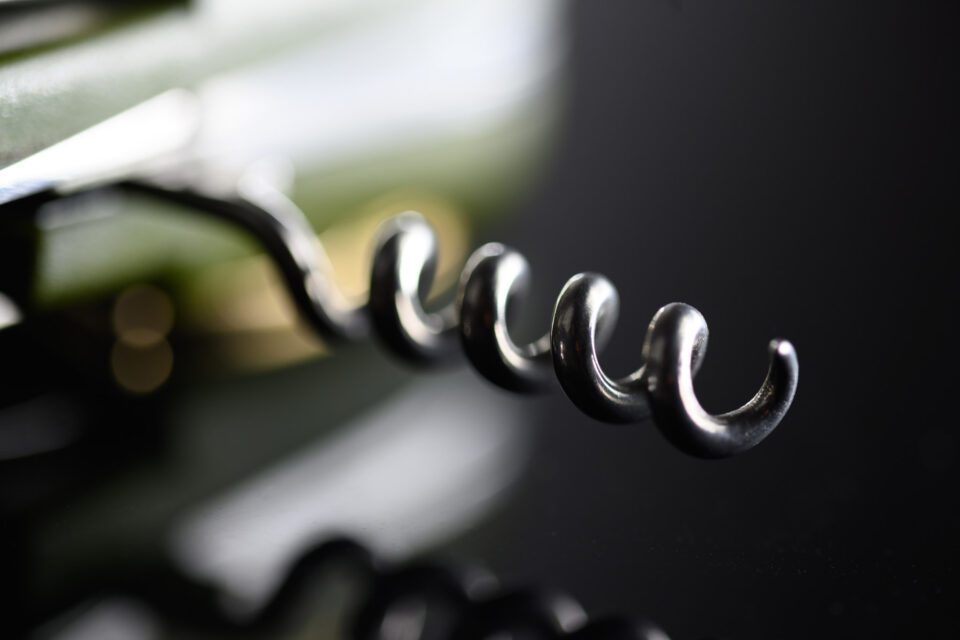
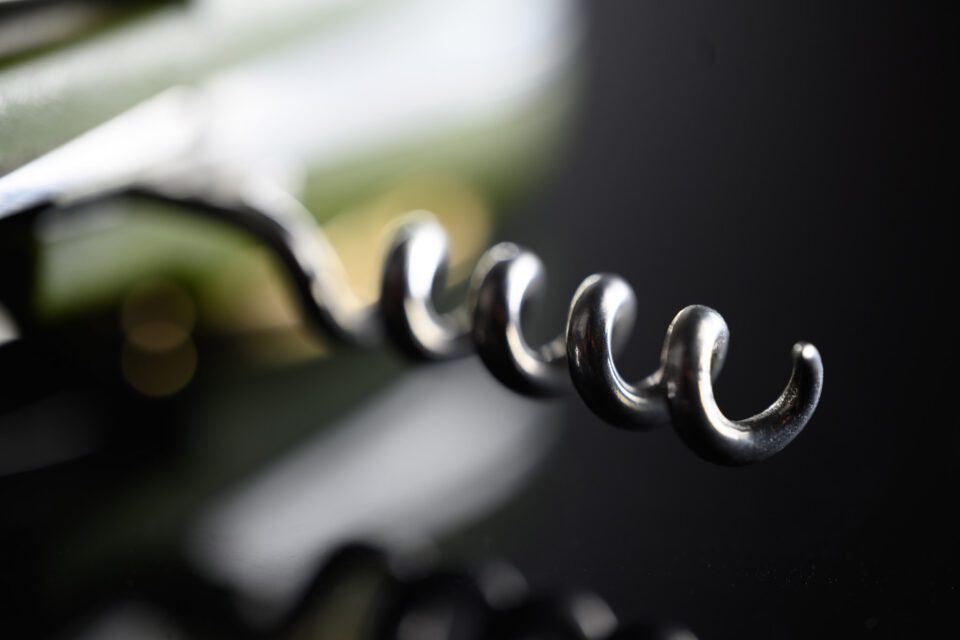
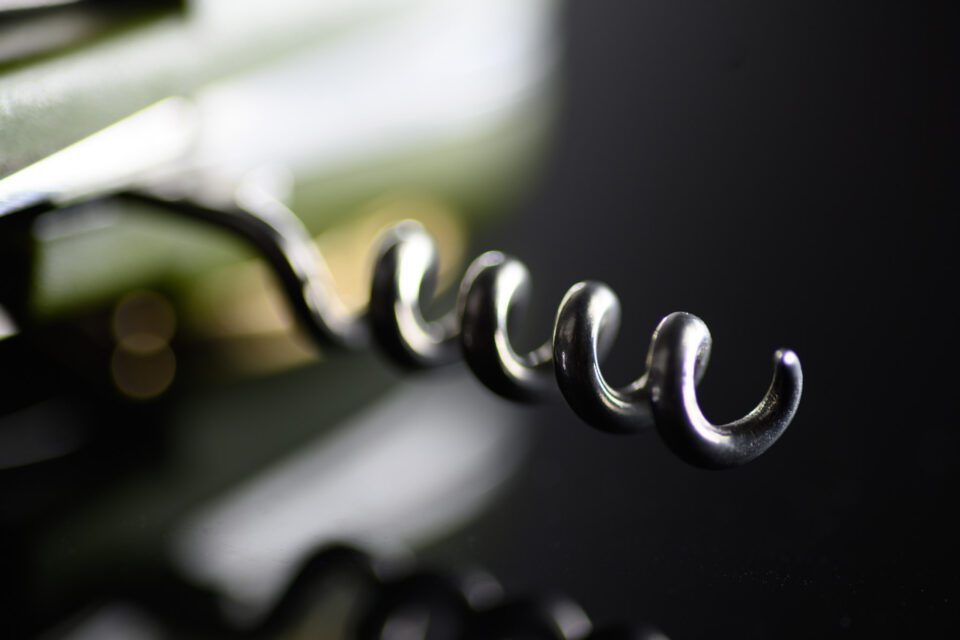

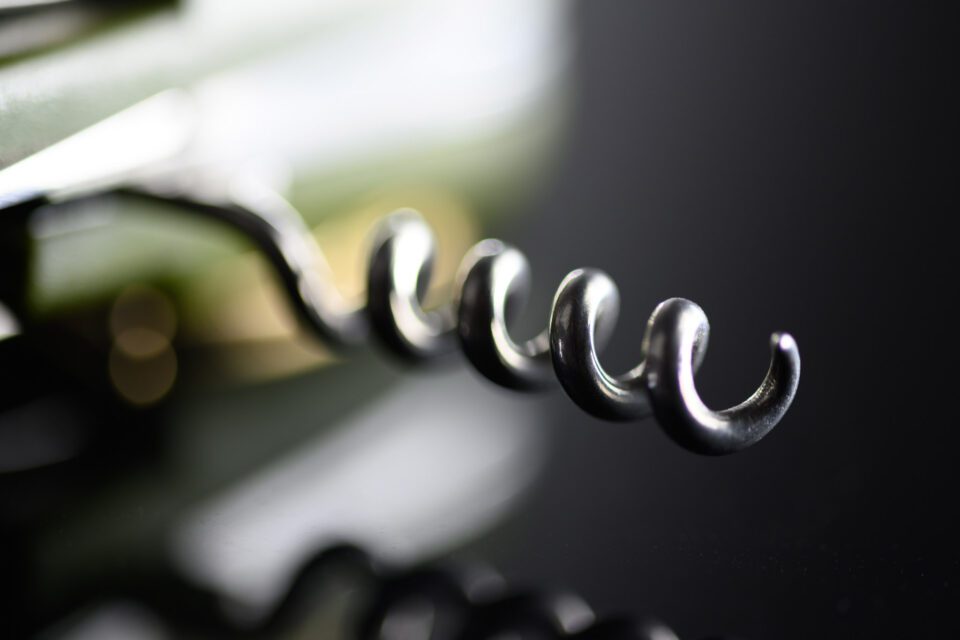

You may notice that two of these lenses – the Laowa and Irix – seemingly have no color fringing at all. That’s because these lenses both have an apochromatic design, intended to minimize color fringes in the background. It’s a feature that I’m a big fan of for macro photography, and hopefully one we’ll see on more lenses in the future. The Laowa and Irix photos look the best of the six as a result. (Irix doesn’t directly claim that the 150mm f/2.8 is apochromatic, and there is a tiny bit of color fringing in the image above, but it’s near enough to perfect that I don’t mind calling it apochromatic.)
Of the four non-apochromatic lenses, I’m partial to the Tamron’s bokeh, while I find the Tokina’s bokeh to be the least pleasant; it’s a bit too busy and has some obvious rings around the out-of-focus specular highlights. But bokeh preferences are subjective, so I recommend looking closely at the images for yourself to figure out which ones you prefer.
Next, let’s take a closer look at the out-of-focus specular highlights when stopped down, since narrower apertures are so common in macro photography. Here are some crops at f/11:

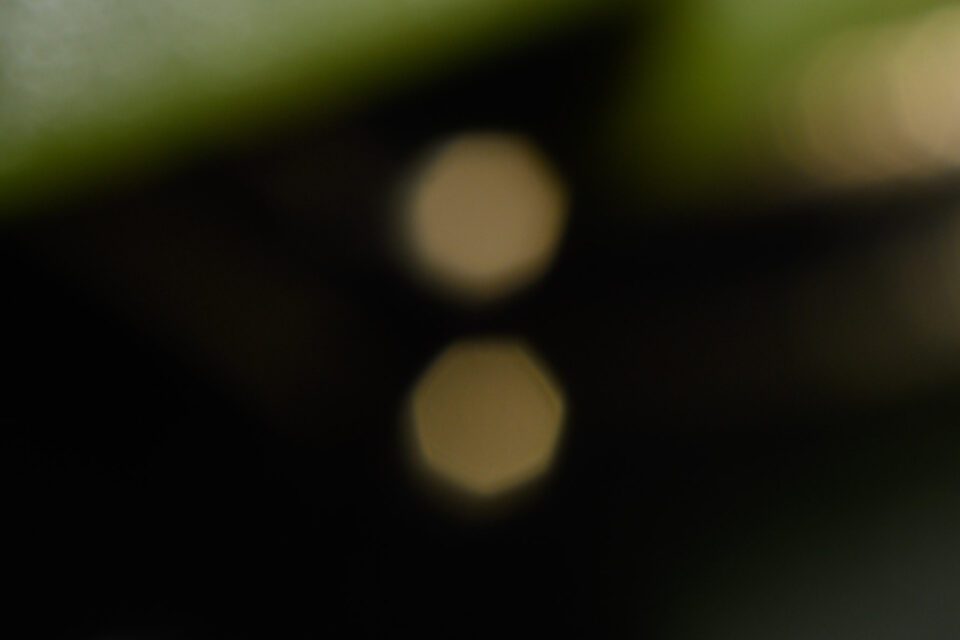
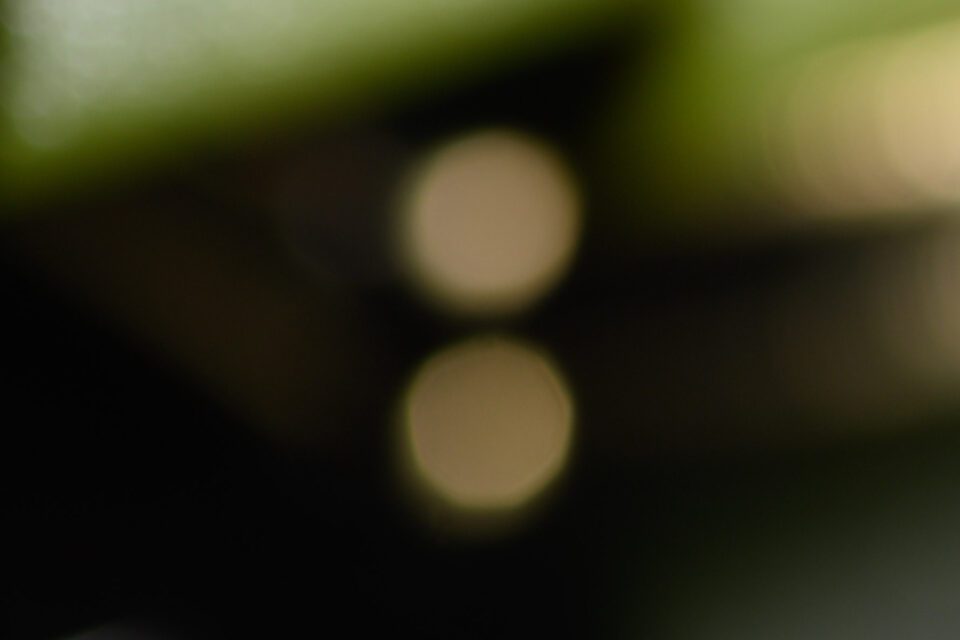

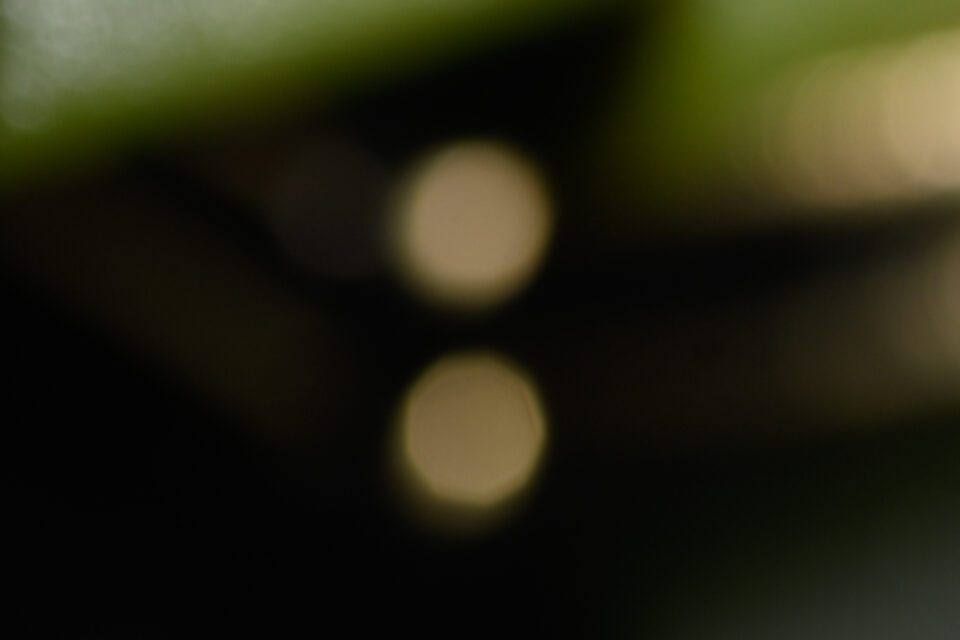
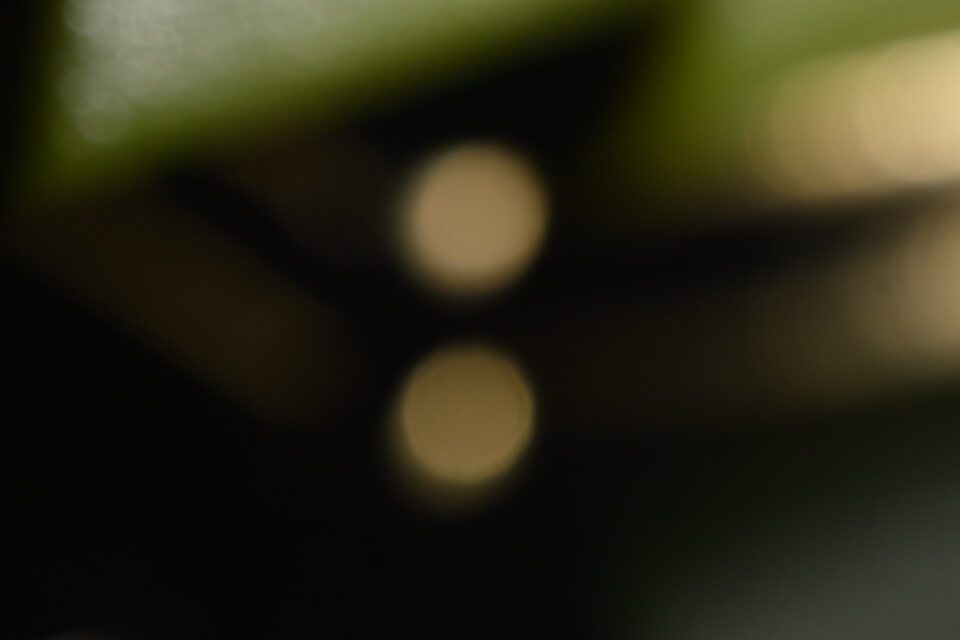
None of the lenses are perfect this time. You can see a clear “ring” around the bottom specular highlight in all six images above. It’s perhaps the subtlest around the Nikon and Irix, but not by much.
Also, the Laowa stands out for its very clear polygon shape rather than a (generally) more desirable circle. That’s partly a quirk of the particular Laowa lens I was testing. For whatever reason, different versions of the Laowa 100mm f/2.8 have different numbers of aperture blades. I tested the Nikon F-mount version, which only has seven aperture blades. The Canon EF version has nine, and the Sony, Nikon Z, and Canon R versions all have thirteen. It’s possible that the bokeh would be smoother on those versions of the Laowa 100mm f/2.8 lens as a result.
Summary and Recommendations
After testing these six macro lenses, I was pretty surprised that the lens whose optics wowed me the most was one of the least expensive: the Laowa 100mm f/2.8 2× Ultra Macro. It’s tied with the Tamron 90mm f/2.8 VC for the sharpest overall lens of the six, and it handily beats the Tamron in terms of color fringing in the background blur. Not to mention that the Laowa goes all the way to 2:1 magnification, whereas the other six lenses max out at 1:1 – a much harder lens design challenge in the first place.
However, there are two meaningful issues with the Laowa that prevent me from recommending it wholeheartedly. The first is that it has the worst working distance of the lenses I’ve tested here: just 10 centimeters / 3.9 inches at 1:1 magnification. The second is that it’s a completely manual lens that doesn’t even have a CPU chip for recording EXIF data (aside from the Canon EF version of the lens). It doesn’t autofocus or even allow you to change aperture via the camera itself – only the lens’s aperture ring – which also means you’ll have a darker viewfinder when stopping down the Laowa, unlike any of the other lenses here.
Considering that, the best all-around lens on this list isn’t the Laowa, but instead the Tamron 90mm f/2.8. It has remarkable sharpness both at close focusing distances and farther away. It’s also one of the lighter macro lenses you’ll find, while still packing features like autofocus and vibration reduction. It isn’t apochromatic, but it still has pleasant bokeh and not too much color fringing. However, it’s on the expensive side at $650, and it doesn’t autofocus properly on the Nikon Z system.
If you use a Nikon Z system and you need autofocus, I’d go for the Sigma 105mm f/2.8 rather than the Nikon F 105mm f/2.8. It’s a better value at $570 rather than $900, and the two lenses are comparable in image quality anyway. If you’d rather buy a Nikon-brand lens and you have a higher budget, I still don’t recommend the Nikon F 105mm f/2.8 VR. Instead, spend an extra $100 to get the native Nikon Z 105mm f/2.8 macro lens, which is better in every way.
Finally, if you’re on a budget, and you shoot with a DSLR that has a built-in focus motor, you could do a lot worse than the $430 Tokina 100mm f/2.8. Although it’s not quite as sharp as the other lenses at close focusing distances, it’s hardly bad, and it does a great job at regular distances. It’s also the smallest, lightest lens on this list.
The only lens that I’d recommend against is the Irix 150mm f/2.8. It does have the best working distance of the lenses here, and the lack of color fringing in the background is great, but those pros don’t outweigh the cons. The Irix is a much bigger, heavier lens than the others here; it’s in the lower half of sharpness; it’s pretty expensive at $600; and it’s manual-focus only. Some photographers may still find that it intersects well with their needs, but unless you know that you’re one such photographer, I’d recommend the other lenses first.
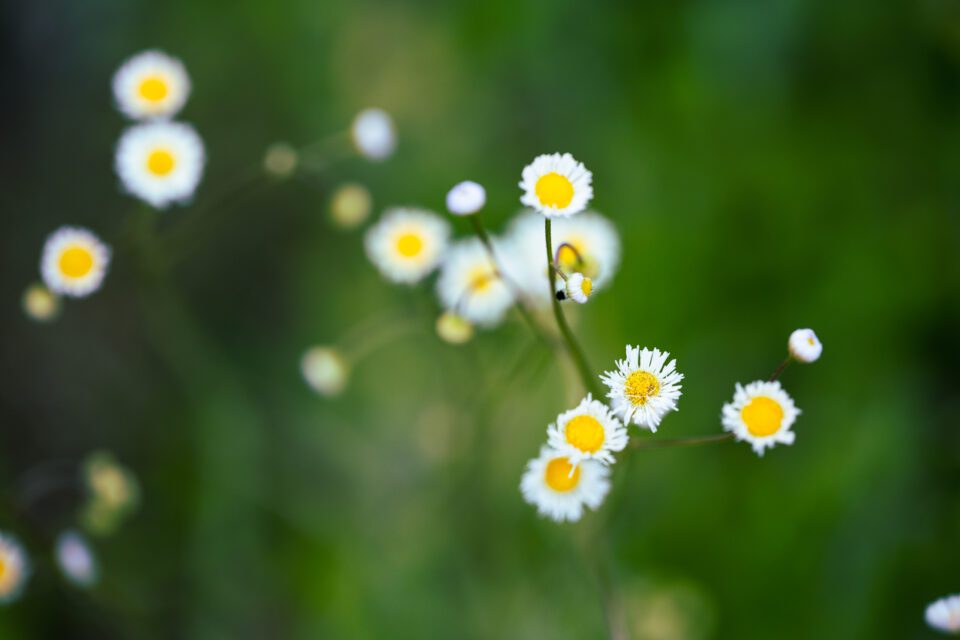
And that does it for this comparison! I hope you found it useful. Although I will eventually review all these lenses individually, it may take a while considering the other reviews I have on my plate. So, I wanted to publish as much of this information as possible in the form of a roundup, rather than sitting on the information until the full reviews.
If you have any questions about these macro lenses, let me know below. I’ll be adding more macro lenses to this comparison as I test them, including the upcoming Nikon Z 50mm f/2.8 and 105mm f/2.8, and hopefully some more 150mm+ macro lenses. For now, if you want to support the effort that goes into detailed comparisons like this, you can purchase these lenses or any other equipment through our affiliate, B&H, below: